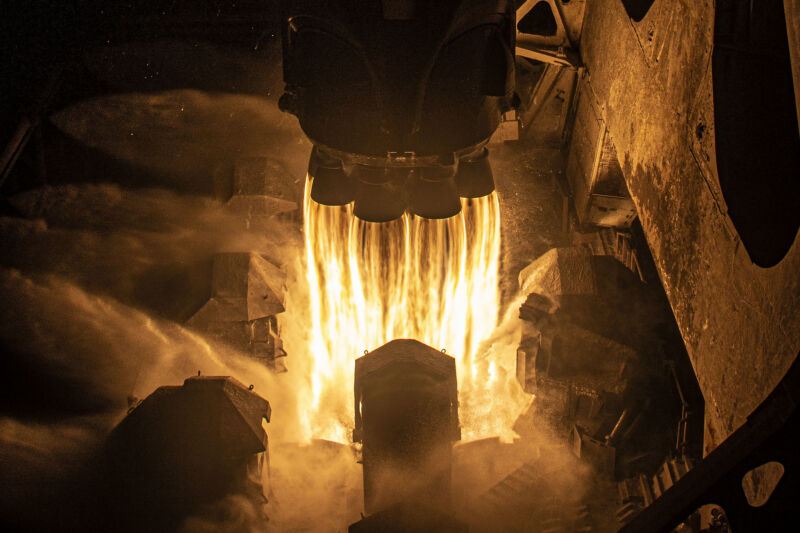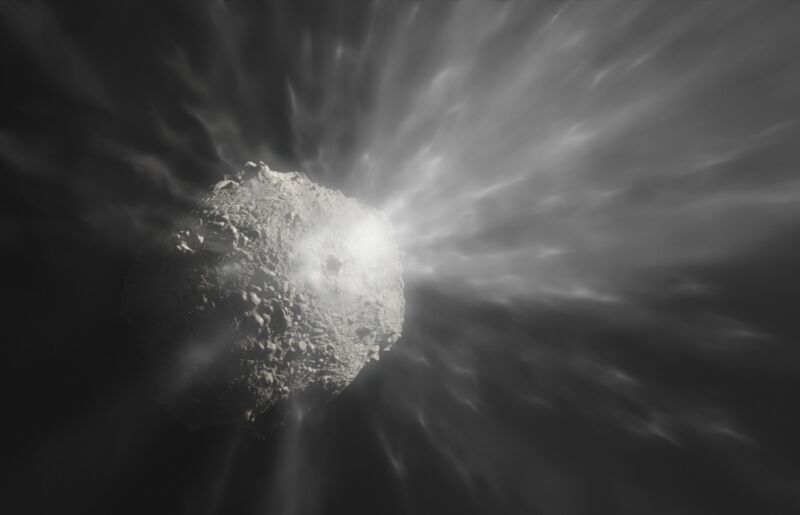-
 chevron_right
chevron_right
New legged robots designed to explore planets as a team
news.movim.eu / ArsTechnica • 21 July, 2023 • 1 minute

Enlarge / The robots exploring a simulated alien environment. (credit: ETH Zurich / Takahiro Miki )
While rovers have made incredible discoveries, their wheels can hold them back, and erratic terrain can mean damage. There is no replacing something like Perseverance , but sometimes rovers could use a leg up, and they could get that from a small swarm of four-legged robots.
They look like giant metal insects, but the trio of ANYmal robots customized by researchers at ETH Zurich was tested in environments as close to the harsh lunar and Martian terrain as possible. Robots capable of walking could assist future rovers and mitigate the risk of damage from sharp edges or loss of traction in loose regolith. Not only do the ANYmals’ legs help them literally step over obstacles, but these bots work most efficiently as a team. They are each specialized for particular functions but still flexible enough to cover for each other—if one glitches, the others can take over its tasks.
“Our technology can enable robots to investigate scientifically transformative targets on the Moon and Mars that are unreachable at present using wheeled rover systems,” the research team said in a study recently published in Science Robotics.









